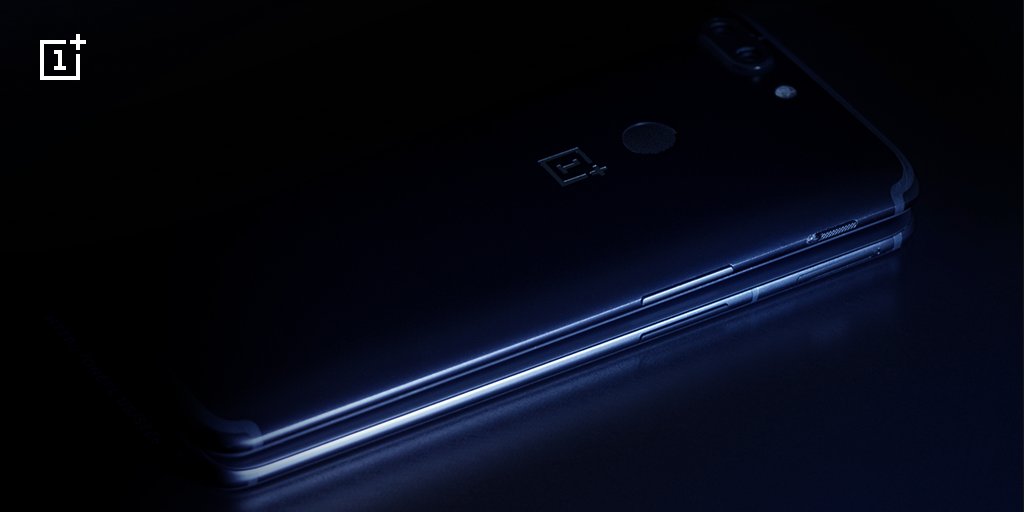Google’s advanced image recognition tool, Google Lens will now be available on Google Assistant, on OnePlus 3, OnePlus 3T, OnePlus 5 and OnePlus 5T. The preferred device language has to be set to English. Google Lens has already been rolled out on Galaxy S9, S8, and Galaxy Note 8. Google Lens in OnePlus phones is an upgraded version of Google Goggles. It permits visual recognition and contextual responses.

Now Google Lens in OnePlus phones will let users use their camera at restaurants and theatres to get options, reviews etc.
This was first reported by XDA Developers, the four mentioned devices have already started receiving Google Lens functionality in the Google Assistant app. To find the update, a user needs to open the app. The Google Lens icon will show up in the bottom right corner. It can be used to learn more about this functionality.
Google Lens was earlier revealed back at Google I/O 2017. That time it was same to Samsung’s Bixby Vision in terms of functionality. Google I/O 2018 might just be the time when more and more handsets will receive Google Lens. Apart from Google Lens being in OnePlus phones’ assistant app, it is available in Google Photos app for Android and iOS.
Also read – Alleged Working OnePlus 6 Leaked Image Surfaces Online
OnePlus has already confirmed that the OnePlus 6 will be powered by Qualcomm Snapdragon 845. In terms of memory, it has an 8GB RAM+256GB storage variant. The smartphone will also be equipped with a 3.5mm headphone jack. The alert slider is predicted to come with a new set of functionalities. It will also be water and dust resistant.
Moreover, the smartphone is expected to sport a 6.28-inch QHD+ display and it will run on Android 8.1 Oreo. Pete Lau has already shown of OnePlus 6 camera samples on Chinese social media Weibo. The pictures look good and prove that the camera has been intricately designed. The smartphone will also sport a glass back panel with five-layer nanotech coating.
n a forum note, OnePlus said, “The phone has five layers of Nanotech Coating instead of three, even though the degree of separation between each layer is extremely subtle and tough to discern as the additional layers give the back of the device a stronger impression of depth.”







